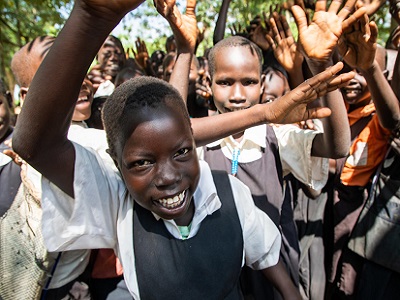Cover image: © UNICEF/UN0331806/Abdul
This self-learning course is based on the IASC's Gender Handbook for Humanitarian Action.
Learning objectives
At the end of this course, you will be able to:
- Articulate the what gender in humanitarian action refers to
- Explain why it is essential to integrate gender equality into humanitarian action
- Identify who is responsible for integrating gender equality into humanitarian action
- Describe how to integrate gender equality into the different stages of the Humanitarian Programme Cycle.
Audience
This course is for:
- Humanitarian practitioners across all sectors and cross-cutting areas
Length
It should take you about 90 minutes to complete this self-paced course.
A progress bar will track your progress through each module. You do not have to complete the course in one session. When you select "exit", the screen you are on will be bookmarked so you can return to that screen when you log back in.
Methodology
This is a self-paced course. The course complements the IASC Gender Handbook for Humanitarian Action.
Structure
This course is divided into six modules:
- Module 1: Introduction to gender in humanitarian action
- Modules 2 to 6: How to integrate gender equality into the Humanitarian Programme Cycle, covers:
- needs assessment and analysis
- strategic planning
- resource mobilization
- implementation and monitoring
- operational peer review and evaluation
In modules 2-6, you will work through a humanitarian response scenario, gathering information and making programming decisions.
Contact details
Content: Omar Robles orobles@unicef.org
Technical queries: agora@unicef.org
